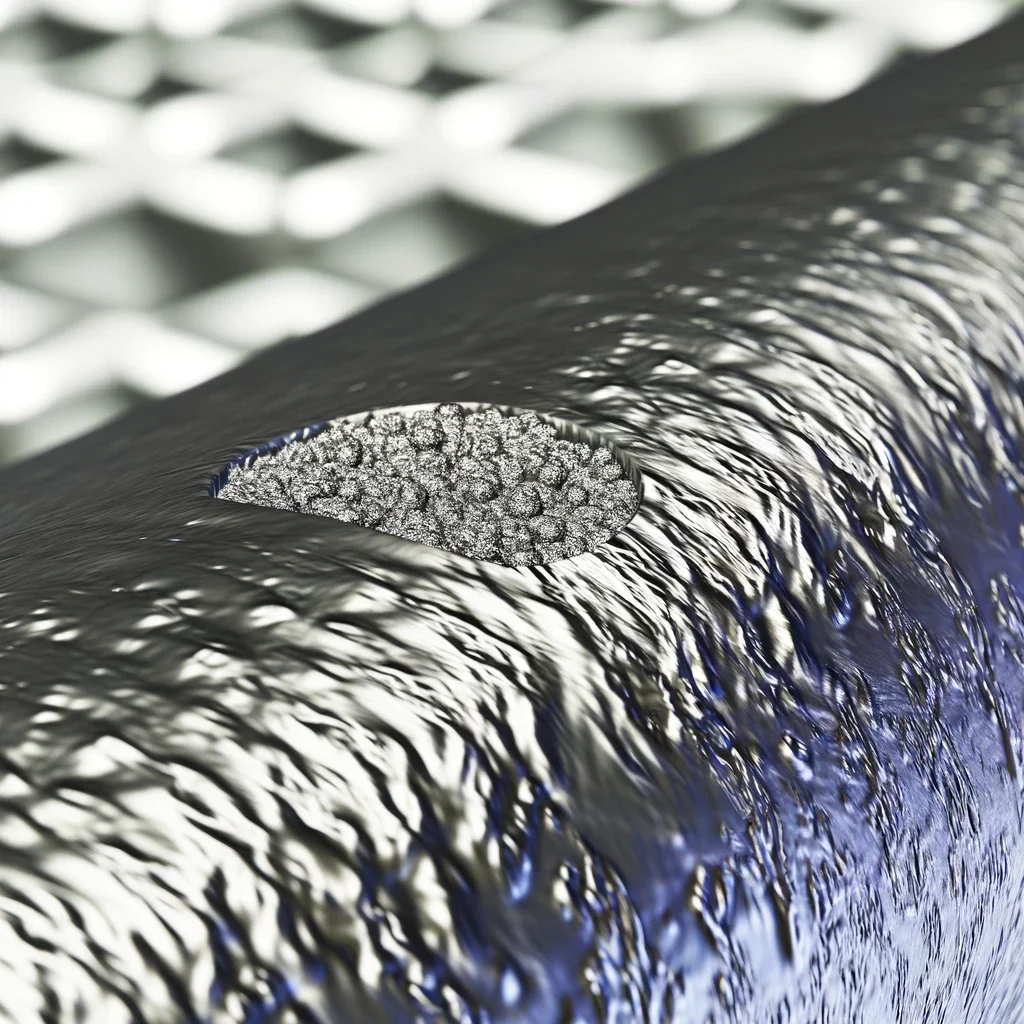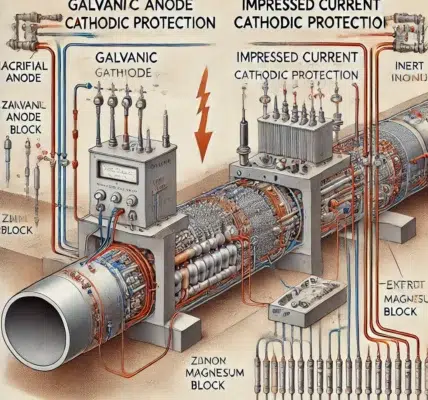Advancements in High-Pressure Piping Systems: Innovations in Material Science and Stress Analysis Techniques
In the evolving field of engineering, the development of high-pressure piping systems plays a crucial role in a multitude of industrial applications, from oil and gas extraction to chemical processing. The advancements in material science and stress analysis techniques have paved the way for more efficient, safe, and economically viable systems. This blog explores the latest innovations that are shaping the future of high-pressure piping systems.
Material Science Innovations

One of the most significant breakthroughs in the design of high-pressure piping systems has been the development of new materials that can withstand extreme pressures and temperatures while maintaining their integrity over time. Advanced composites and alloy materials, such as Inconel, titanium, and thermo-mechanically treated steel, offer enhanced durability and corrosion resistance. These materials ensure that high-pressure piping systems are more resilient against the harsh conditions found in deep-sea drilling and supercritical fluid applications.
Advancements in Stress Analysis Techniques
Stress analysis is a critical aspect of designing high-pressure piping systems. With the help of sophisticated computational tools and finite element analysis (FEA), engineers can now simulate the stresses and strains that high-pressure piping systems will experience under various operational conditions. This predictive capability allows for the optimization of designs, ensuring that each component of the system is both efficient and safe under expected operational loads.
Case Study: Implementation in the Oil and Gas Industry

A notable example of these advancements in action is in the oil and gas industry, where high-pressure piping systems are essential for the extraction and transportation of resources. Recently, a major oil company implemented a new high-pressure piping system designed with a state-of-the-art titanium alloy. This implementation not only improved the flow rate by 15% but also reduced maintenance costs by 20%, showcasing the impact of material innovations in real-world applications.
Challenges and Solutions
Despite these advancements, designing high-pressure piping systems comes with its challenges. One of the main issues is the fatigue failure due to cyclic loading conditions. However, ongoing research and development in dynamic stress analysis and real-time monitoring technologies are providing new solutions to these challenges. For instance, smart sensors integrated into high-pressure piping systems can now detect early signs of wear and fatigue, enabling preventive maintenance before catastrophic failures occur.
Future Prospects Section for High-Pressure Piping Systems
As we peer into the horizon of industrial advancements, the future of high-pressure piping systems holds immense potential, driven by relentless innovation and technological evolution. The burgeoning fields of nanotechnology and material engineering are set to redefine the robustness and efficiency of these systems. Furthermore, the strategic integration of artificial intelligence (AI) into stress analysis processes promises a new era of precision and performance.
Nanotechnology in Material Science
Nanotechnology is poised to play a pivotal role in the next generation of high-pressure piping systems. By manipulating materials at the molecular level, engineers can create nano-enhanced composites that exhibit superior properties such as increased strength, thermal stability, and corrosion resistance. For instance, carbon nanotubes, when embedded into metal matrices, can significantly enhance the mechanical properties of traditional piping materials. This not only extends the lifespan of piping systems but also supports their application in more extreme conditions, such as deeper subsea environments or highly corrosive chemical processing plants.
Advances in Material Engineering

Material engineering continues to advance, focusing on the development of metals and alloys that can endure higher pressures without compromising their structural integrity. The introduction of metals with memory shape alloys and superalloys designed for specific stress profiles are examples of how tailored materials can enhance system reliability and safety. These materials can automatically adjust to changes in pressure and temperature, reducing the likelihood of failures and leaks. Moreover, the application of surface treatment technologies like laser peening offers additional layers of strength, enhancing fatigue resistance of critical components subjected to cyclic stress loads.
Artificial Intelligence in Stress Analysis
The integration of AI in stress analysis represents a transformative shift towards more intelligent high-pressure piping systems. AI algorithms can analyze vast amounts of operational data in real time, predicting potential failure points and stress accumulations before they become critical. This capability not only improves maintenance schedules but also optimizes the design process, allowing for the construction of more efficient systems with reduced material costs and improved performance. For example, machine learning models can be trained on historical data to identify patterns and anomalies that human analysts might miss, leading to more accurate and timely decisions.
Automated and Real-Time Monitoring Systems

The future also beckons the advent of fully automated monitoring systems that leverage both AI and Internet of Things (IoT) technologies. These systems will continuously assess the health of high-pressure piping systems, transmitting data to central control units that can initiate corrective actions autonomously. Such developments could minimize human error and enhance the operational safety of highly hazardous environments.
Regulatory and Environmental Considerations
As these technologies evolve, regulatory frameworks will need to adapt to ensure safety and environmental compliance. Innovations in high-pressure piping systems will also need to align with global sustainability goals, as industries seek greener alternatives. The development of eco-friendly materials that reduce the environmental footprint of manufacturing and operation processes is a critical area of focus.
Conclusion
The field of high-pressure piping systems is witnessing remarkable innovations in both material science and stress analysis techniques. As industries continue to demand higher performance and safety standards, these advancements are not just beneficial but necessary. The ongoing research and development in this area not only promise to improve current systems but also pave the way for future technological breakthroughs that could redefine what is possible in industrial applications.





